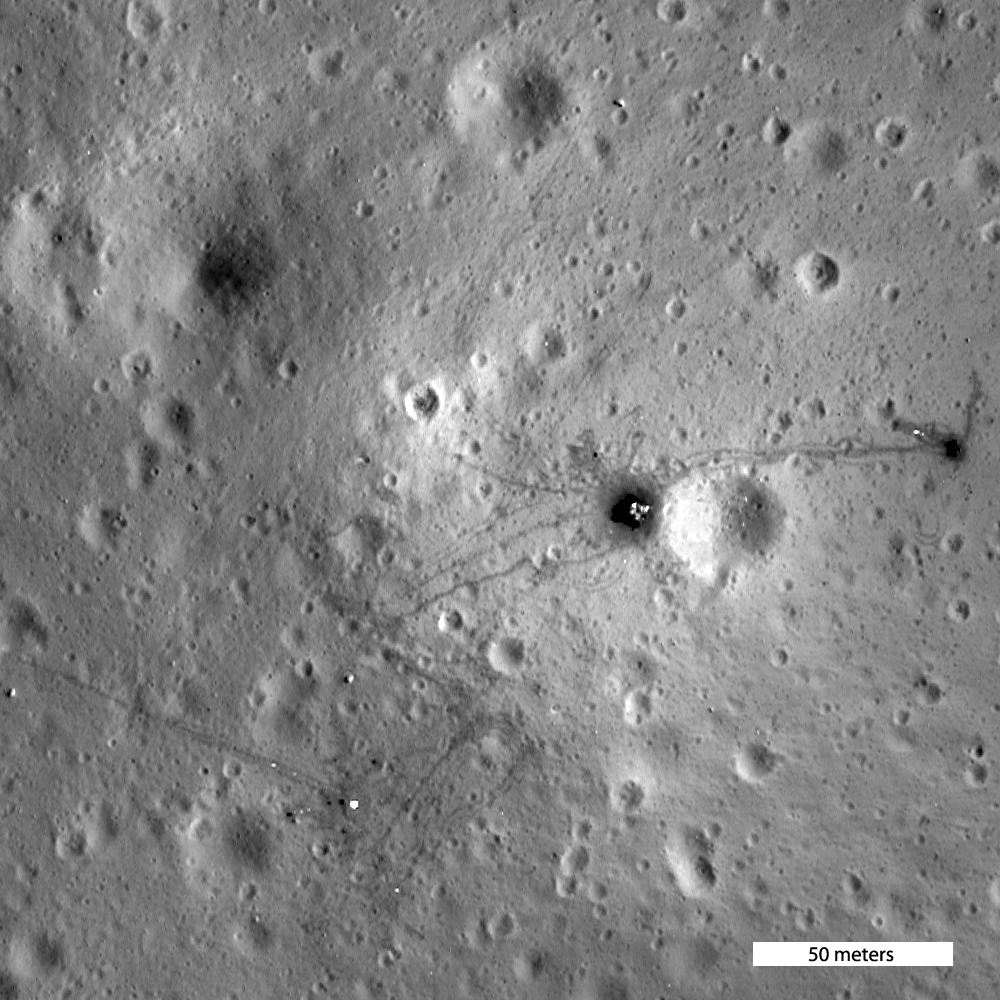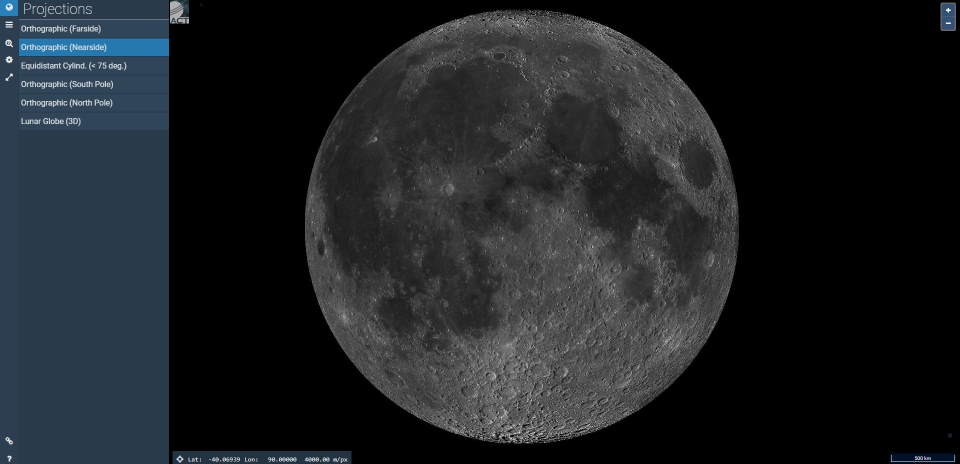

To learn a model, we try to tune the network’s free parameters (denoted by the s in the figure above) so that the network’s predictions closely match the available experimental data. Given the location of a data point as input (denoted ), a neural network can be used to output a prediction of its value (denoted ), as shown in the figure below: Fig 2: schematic of a neural network One popular way of doing this using machine learning is to use a neural network. Fig 1: example of a neural network fitting a model to some experimental data the orange points in the animation below.Ī common scientific task is to find a model which is able to accurately predict new experimental measurements given this data. Imagine we are given some experimental data points that come from some unknown physical phenomenon, e.g. Let’s look at one way machine learning can be used for scientific research. Here an existing theory is not required, and instead a machine learning algorithm can be used to analyse a scientific problem using data alone.

Traditionally, scientific research has revolved around theory and experiment: one hand-designs a well-defined theory and then continuously refines it using experimental data and analyses it to make new predictions.īut today, with rapid advances in the field of machine learning and dramatically increasing amounts of scientific data, data-driven approaches have become increasingly popular. Machine learning has caused a fundamental shift in the scientific method.
#LROC QUICKMAP 3D SOFTWARE#
These first results using the LTVT software show me just how much more I can extract from the lunar shots I have acquired until now.Machine learning has become increasingly popular across science, but do these algorithms actually “understand” the scientific problems they are trying to solve? In this article we explain physics-informed neural networks, which are a powerful way of incorporating physical principles into machine learning. One animation has a slower fps compared to the other and simulates a little better an orbital forward-backward flight over the crater:

If you have them, just click on the image:Ī second 3d image shows only the crater Gassendi with a slightly better tridimensional effect:Īnd for those who don’t have these RED/BLUE glasses, two animations showing the depth in such a 3d view. To view this shot one must use RED/BLUE viewing glasses. Having also corrected this shot for aerial view using LTVT, I’ve assembled the two resulting aerial views using Anaglyph Maker into one Red/Blue 3d image. Next, I was hoping to create a tridimensional (3D) image of the area, using another image of Gassendi under a very similar illumination. The most striking feature that is now obvious is that the central mountain is not directly in the middle of Gassendi’s floor, but slightly shifted to one side. This is how the next shot shows Gassendi from directly above: To have an aerial view of the area one must use a tool such as LTVT. The craters are viewed at an angle due to their location on the Moon. This view shows how the area is normally observed from Earth with a telescope. There is one rille of just 450 meters (!) wide crossing a dome on the lower part of the image. A number of small rilles are well visible in and around Gassendi. The image above was acquired on Mawith the 355mm Newtonian under pretty good seeing conditions.

This post presents the results obtained after processing some old images of this crater. The best part is perhaps that these two tools (LTVT and QuickMap) are so easy to learn and operate that in about 10 minutes I was already creating my first good quality aerial view of the lunar crater Gassendi. Something that until today I was trying to do manually in Photoshop (and almost every time it did not go well). Combined with the FREE (again!) LROC QuickMap this software allows an amateur to view his images under a corrected aerial view (and many other things, but this is what I did for now). It is a very nice little software that can do apparent miracles with your data. It’s been a log time since the FREE (!) LTVT software is around, and I must confess I’ve never used it until now. Well, this time I’ve selected the second way. One way to experiment is to try and improve yourself at image processing another way is to learn new software. But one must find the good in bad, so sitting at my computer I’m experimenting with some of my older lunar images. From time to time the skies are covered in thick clouds…Īs an amateur astronomer I’m not having much fun in these weather conditions.


 0 kommentar(er)
0 kommentar(er)
